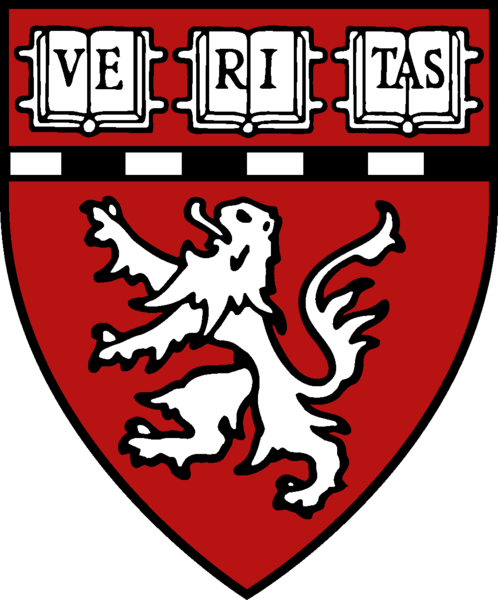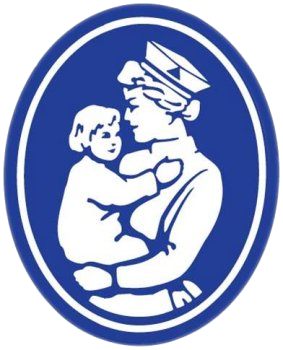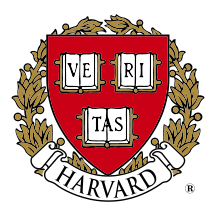


2025
Beyond anecdotal evidence: A systematic framework for evaluating neuron interpretability. Ernesto Bocini. Ecole Polytechnique Federale de Laussane (EPFL) (2025). PDF
Sparse representations in artificial and biological neural networks. Trenton Bricken. Harvard University (2025). PDF
Beyond modalities: robust neural representation of language in the brain. Shreyas Krishnan. Birla Institute of Science and Technology (2025). PDF
Mitigating catastrophic forgetting and mode collapse in text-to-image diffusion via latent replay. Aoi Otani. Harvard University (2025). PDF
2024
Out-of-distribution generalization in biological and artificial intelligence. Spandan Madan. Harvard University (2024). PDF
Robust and multimodal signals for language in the brain. Pranav Misra. Harvard University (2024). PDF
Adding to and building up very small nervous systems. Chenguang Li. Harvard University (2024). PDF
Testing the alignment of multimodal neural networks models to human brain areas. Narek Alvandian. Ecole Polytechnique Federale de Laussane (EPFL) (2024). PDF
The pen and the processor: A Turing-like test to gauge GPT-generated poetry. Deni Bechard. Harvard University (2024). PDF
Robust convolutional neural networks as models of primate vision. Bastien LeLan. EPFL (2024). PDF
Alignment of large language models and brain activity: exploring language processing through sEEG in a multimodal syntactic task. Victor Gillioz. ETH (2024). PDF
Classifying Ragams in Carnatic Music with Machine Learning Models: A Shazam for South Indian Classical Music. Hari Narayanan. Harvard University (2024). PDF
Towards Characterizing Curriculum Reinforcement Learning in Sparse Robotics Tasks. Thomas Kaminsky. Harvard University (2024). PDF
2023
Hebbian attractor to model working memory in complex human behavior. Ravi Srinivasan. ETH (2023). PDF
Bridging artificial and primate vision: the impact of visual angle, scene context, and IT-alignment. Sara Djambazovska. Ecole Polytechnique Federale de Laussane (EPFL) (2023). PDF
A data-driven description of sleep using intracranial EEG recordings. Alexander Luster. Ecole Polytechnique Federale de Laussane (EPFL) (2023). PDF
Unveiling Principles of Neural Computations: From Biological to Artificial Intelligence, and Back. Giorgia Dellaferrera. ETH (2023). PDF
Synaptic failure is a flat minima optimizer. Deepak Singh. Harvard University (2023). PDF
Less than reckless: assessing the role of consciousness in the moral appraisal of risky action. Ilai Gavish. Harvard University (2023). PDF
2022
Seeing context: macaque ventral visual responses to diverse stimuli and during natural vision. Wu Xiao. Harvard University (2022). PDF
Neural mechanisms underlying human cognitive control and working memory. Yuchen Xiao. Harvard University (2022). PDF
On structured domain generation for generalization in reinforcement learning. Serena Bono. ETH (2022). PDF
An intracranial EEG study on human short-term memory. Paula Lopez Sanchez. Ecole Polytechnique Federale de Lausanne (EPFL) (2022). PDF
Dynamically Decoding Human Physiological Behviors from Intracranial Field Potentials. Manana Hakobyan. Harvard University (2022). PDF
Neuronal correlates of rapid learning in a human visual memory task. Camille Gollety. Ecole Polytechnique Federale de Lausanne (EPFL) (2022). PDF
Biologically-inspired deep predictive learning for episodic memory event segmentation. Zergham Ahmed. Harvard University (2022). PDF
Classification of Continuous Natural Human Behavior Using Intracranial Field Potential. Jay Chandra. Harvard University (2022). PDF
Comparing neural responses between action execution and action perception. Yael Porte. Ecole Polytechnique Federale de Laussanne (EPFL) (2022). PDF
An integrated computational models of visual search combining eccentricity, bottom-up, and top-down cues. Shashi Kant Gupta. India Institute of Technology Kanpur (2021). PDF
2021
Mesoscopic physiological interactions in the human brain reveal small-world properties and associations with behavior. Jiarui Wang. Harvard University (2021). PDF
Efficient and insidious adversaries in deep reinforcement learning. Stephen Casper. Harvard University (2021). PDF
Context-robust object recognition via object manipulation in a synthetic 3D environment. Dimitar Karev. Harvard University (2021). PDF
Movies and Memory: How Film Editing Can Impact Episodic Memory Formation. Jake Schwencke. Harvard University (2021). PDF
Combining neurophysiology and computational modeling through VGG19. Leonardo Pollina. Ecole Polytechnique Federale de Lausanne (EPFL) (2021). PDF
2020
Recognition of minimal images in the human brain. Aurelie Cordier. Ecole Nationale Superieure de Physique, Electronique, Materieux (2020). PDF
2019
Plasticity and Firing Rate Dynamics in Leaky Integrate-and-Fire Models of Cortical Circuits. Joseph Olson. Harvard University (2019). PDF
Computational Models of Bottom-up and Top-down Attention. Mengmi Zhang. National University of Singapore (2019). PDF
Turing's Child Machine: A Deep Learning Model of Neural Development. Duncan Stothers. Harvard University (2019). PDF
Movement-Related Characteristics of Mirror Neuron Activity in Humans and Monkeys. Alice Motschi. Ecole Polytechnique Federale de Lausanne (EPFL) (2019). PDF
Human vision versus computer vision to classify simple actions. Vincent Jacquot. Ecole Polytechnique Federale de Lausanne (EPFL) (2019). PDF
2018
Neural circuits of visual pattern completion. Matthias Tsai. Ecole Polytechnique Federale de Lausanne (EPFL) (2018). PDF
Learning Scene Gist to Improve Object Recognition in Convolutional Neural Networks. Kevin Wu. Department of Engineering and Applied Sciences, Harvard University, (2018). PDF
Spike-field coherence reveals complex cortical interactions in human visual memory task. Stephan Grzelkowski. University of Amsterdam (2018). PDF
Twenty-Four Hours in the Human Brain. Eleonora Iaselli. Ecole Polytechnique Federale de Lausanne (EPFL) (2018). PDF
2017
Prediction as a Rule for Unsupervised Learning in Deep Neural Networks. William Lotter. Harvard University (2017). PDF
Behavioral and computational study on the recognition of novel occluded objects. Charlotte Moerman. Ecole Polytechnique Federale de Lausanne (EPFL) (2017). PDF
2016
The Volitional (In)significance of Neuroscience: What Libetian Investigations Can and Cannot Do for Free Will. Garrett Lam. Harvard University (2016). PDF
Brain-inspired Recurrent Neural Algorithms for Advanced Object Recognition. Martin Schrimpf. Tehnische Universitat Munchen (2016). PDF
Quantifying episodic memories from real-world experience. Alyssa Marconi. Emmanuel College, (2016). PDF
2015
Role of recurrent computations in object completion. Hanlin Tang. Harvard University (2015). PDF
Predicting episodic memories for movie events. Sarah Dowcett. Emmanuel College, (2015). PDF
2014
The functional neuroanatomy of speech perception. Philipp Kunhnke. University of Osnabruk, Germany, (2014). PDF
2001
On the neuronal activity in the human brain during visual recognition, imagery and binocular rivalry. Gabriel Kreiman. Department of Biology, California Institute of Technology (2001). ABSTRACT PDF
Neural coding and feature extraction of time varying signals. Gabriel Kreiman. Computation and Neural Systems Program, California Institute of Technology (2001). ABSTRACT PDF